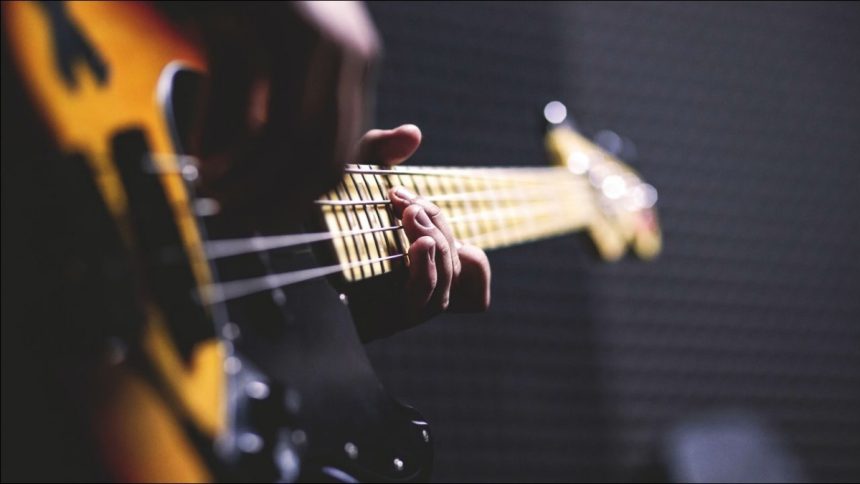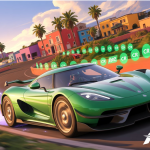Introduction to Bass Techniques
The bass guitar is one of the most important and, at the same time, subtle instruments in music, carrying the bridge between harmonic and rhythmic parts. Acquiring skill with different bass tabs will open an immense world of musical imagination that shall enable one to cross beyond just convention into freedom. Unlike other instruments, the bass often dictates the mood and pace of the song, rumbling with low-end frequencies that make your bones shake. It’s a multitasking tool that can hold an entire song or weave intricate patterns that add depth and character to compositions. Understanding various techniques not only broadens your repertoire but deepens your overall musicality.
From fingerstyle to the slapping and popping technique, there are innumerable styles applied to the bass guitar, giving different flavors to the music, much like different spices act upon a dish.
These are not tricking but a method to convey musical storytelling. As players start to grow, trying new and complicated techniques, adding dynamic bass tabs tests the player on communicating with his instrument and making music from nothing. By devoting the much-needed time into these technical areas, a player opens himself up to more invention and adaptability in any musical context.
Essential Gear for Bass Guitarists
Picking the right gear is basic in terms of shaping the bass player’s sound and style. From the four-string classics to the extended-range models, the bass guitar itself opens up different sonic worlds. The right instrument will consider first the genre you predominantly play, hand size, and tonal preference. The implication of your decision involves not just how the instrument sounds but also how it feels, and this definitely affects the person’s technique and stamina when playing the instrument.
Amplifiers are very key in providing your sound with clarity and power. A good amplifier will enhance your bass without overpowering it, highlighting its natural traits and adding substance to your performance.
With the bass are the pedals and effects, such as compression, delay, and reverb-really opening up an infinite array of the sound’s players can use. These tools don’t just change your sound; they change how you approach the instrument-combining the reasoning behind experimentation and creativity with the solving of practical problems, such as fitting into the band mix. With that said, it’s also very important that the bassist be prepared with tough cables, a comfortable strap, and decent tuners; all those little things often make the difference between a seamless show or recording, and otherwise.
Beginner Tips for Groove Perfecting
The initiation with the bass guitar is a very exciting adventure, laying the ground to dive into a huge world of possibilities. The beginner shall pay lots of attention to rhythm and timing, which are the very foundational elements defining how well one can play with other musicians. A good practice routine starts with basic exercises over fingers and scales, respecting the position of fingers and posture to avoid any discomfort or injury. Beginners should try playing along regularly with any well-paced track. That way, it will help develop the ear for correct tones and also strengthen the sense of rhythm. Lists such as this article on guitar techniques give insight into how one can make use of guides about rhythm and timing, or on how to improve their groove.
You’re also encouraged to play with dynamics, which is volume and tone changed by varying finger pressure. That’s what gives life to performances. This is the control element that makes a bass line not just heard but felt, and such subtlety, when attained early in your playing, hurls you on a course for greatness.
Advanced Techniques for Seasoned Players
If you are a past-the-basics sort of person and looking for more, then advance your technique. Slap and pop are techniques that add a percussive feel to your playing, enabling you to cut through in a mix of instruments. These methods require dexterity and precision, the bravery to step into more experimental sonic territories.
Advanced harmonics and fingerstyle playing could offer a player an opening to add to the soundscapes.
Harmonics produce ethereal tones, repeating into solo construction or embellishing any bass line. Fingerstyle supplies precision and a wide palette of tonal decisions that the experienced player uses to communicate complex ideas and emotions in his music. Expanding these boundaries raises performances and rejuvenates the artistic voice of the player. It’s a coming together of growth and creativity where players not only progress their skills but actually redefine what’s possible on their musical journey.
Developing Your Unique Sound
Sound is more than the notes being played; it’s a musician’s identity, really. In creating a sound, an openness of mind should take hold and combine influences with personal nuances. It would be advisable if musicians drew from various genres, drawing on whatever works for them while expanding on traditional styles. This can be a journey of finding that special sound: tinkering with techniques, fiddling with tone controls, and integrating an enormous array of effects. Not to imitate, but to create a new-one that is singularly one’s own. Specific things, such as string replacement, how the instrument is set up, and choice of pick-ups, make great differences in tone and talk to the player’s touch. Experimentation and innovation could provide the bass player with a sonic signature that would be fascinating for his audience and leave the music memorable.
Conclusion – Leaving Your Mark as a Bass Guitarist
A bass guitarist’s path is beset with challenges and rewarding attainments in equal measure. With constant practice and a willingness to venture into unexplored territories of different music, one will find the journey opening upskill comes with practice; artistry, with this journey. Being open to experiences and putting them into your musical toolkit also increases the desired impact on those around you. Be a passionate bassist, irretrievably committed to becoming the best a person can be. Make the journey sportive, filled with discoveries, and leave your signature in the world of music. This bass guitar is more than an instrument; it is your voice to the world and can bridge rhythms and harmonies needed in every awesome piece of music one plays.
Lynn Martelli is an editor at Readability. She received her MFA in Creative Writing from Antioch University and has worked as an editor for over 10 years. Lynn has edited a wide variety of books, including fiction, non-fiction, memoirs, and more. In her free time, Lynn enjoys reading, writing, and spending time with her family and friends.















